 You’ve been riding for a couple of years now. The days of struggling up every incline, and falling over at traffic lights because you can’t get your feet out of your pedals is over. You’ve done some epic long rides with friends. Maybe you have started commuting in to work. But now, riding is starting to get a bit stale. The motivation to get out the door on the weekend isn’t quite what it used to be. You are looking for the next thing to add to your bike riding experience. What you are looking for is bike racing.
You’ve been riding for a couple of years now. The days of struggling up every incline, and falling over at traffic lights because you can’t get your feet out of your pedals is over. You’ve done some epic long rides with friends. Maybe you have started commuting in to work. But now, riding is starting to get a bit stale. The motivation to get out the door on the weekend isn’t quite what it used to be. You are looking for the next thing to add to your bike riding experience. What you are looking for is bike racing.
Bike Racing in a Nutshell
Amateur bike racing works a little differently than running, triathlons, and similar sports. If you were to sign up for your local 5k road race, you would line up with everyone else at the start, the gun would go off, and you would race. Bike racing isn’t like that – due to the differences in skill and bike handling ability, races are broken up into different categories. As a beginning rider, you will start off in the lowest category (usually Cat 5) and work your way up as you gain experience and skill. In most areas, just finishing 5-10 races will be enough to move up from the bottom category, but after that, the only way to move up is to place well in races. Most amateur riders end up in Cat 3 or Cat 4 – Cat 1 and 2 are getting into serious, semi-professional level racing.
Choosing Your First Race
Picking your first race can be daunting. The best place to start looking is the website of your state or provincial bike racing association. They should have a calendar showing all of the upcoming races in your area. There are three main types of races:
-
Road races are what you typically think of when you think of bike racing – a bunch of people racing in a big bunch from point A to point B.
-
Time trials are individual efforts over a set distance where you don’t have the advantage of drafting off other riders.
-
Criteriums are a special, high-octane style of race usually held on a small 1-2 mile loop course, with intermediate sprints, bonuses, and no set race distance.
A road race is a pretty safe choice for your first race. Time trials don’t really give you a proper bike racing experience, and criteriums require a higher level of bike handling skill and fitness. Pick a race at least one or two months away – you need enough time to get yourself ready!
Training & Preparation
With your goal race in mind, it’s time to get down to training. Yes, you can show up to a race without having done anything different and survive, but you will get a lot more out of it with a bit of race-specific preparation. This centers around two things:
-
Bike-handling: you will spend most of the race with other riders just a couple of feet ahead, beside and behind you. It takes some getting used to. Try to find a local group ride that you can join – the more people the better. Usually, the more experienced riders are pretty good about helping out newer riders. The most important thing to remember is don’t make any sudden, unexpected moves.
-
Fitness: racing is far more intense than any recreational ride you have been on. It won’t be 100% intensity from start to finish, but when the pace heats up, you’d better be ready, otherwise you will get dropped and have to finish the rest of the race solo. Some groups rides can get pretty intense, and if you can find one of these great – you get bike handling and fitness training all in one. If not, intervals are your best friend. Find a traffic-free circuit that you can ride without interruptions, and do sets of 30 second, 1 minute and 2 minute hard efforts with 1-3 minutes of recovery between each effort. Aim for at least 10 minutes of hard effort time; 20 is better.
It’s Here – Race Day!
Now that you’ve put in all the hard preparation work, it’s time for the race! Most bike races are in the morning, and it is important to wake up well before race time. 3 hours before is usually my minimum, and 4 is better. You will want to make sure your bike is in tip-top shape the night before – on race day, you shouldn’t have to worry about anything more than a quick top up of your tires. Aim to arrive at least an hour before your race is scheduled to start to give yourself enough time to check in, get your numbers and get everything ready. The race officials will tell you how you need to pin your numbers on. Once you are all kitted up, get on your bike and do some easy cycling to warm up, finished off with a few very short sprints to get your legs accustomed to moving fast. Then it is time to line up! When the race starts, just relax, and enjoy your first race. As the race progresses, you will get more and more comfortable with racing. Before you know it, you will be gasping across the finish line, wondering what happened to the last hour or two of your life, and hopefully eagerly anticipating signing up for the next one!
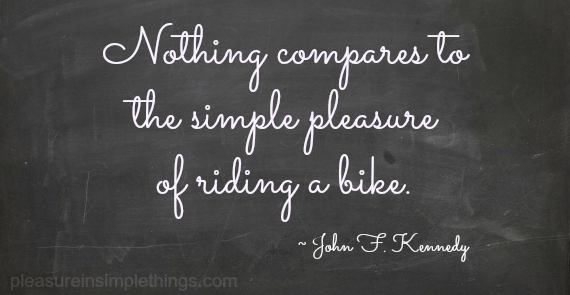 Many cyclists are into the sport for different reasons but there are some cycling moments that everyone experiences at least once in their cycling lives. Here’s the top 10 best cycling moments that everyone experiences.
Many cyclists are into the sport for different reasons but there are some cycling moments that everyone experiences at least once in their cycling lives. Here’s the top 10 best cycling moments that everyone experiences. 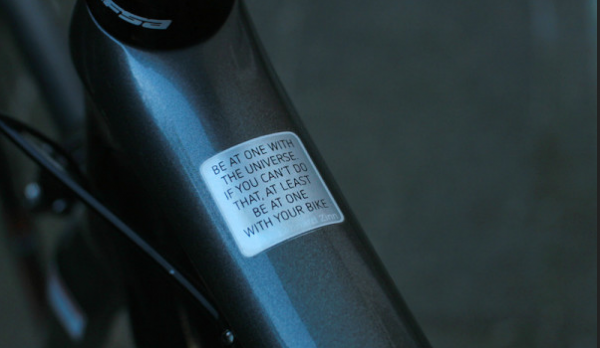 Being in a good place mentally is half the battle when it comes to preparing for a race. You want to be focused, relaxed, and confident when you begin. If you show up flustered, disorganized, or worried you’ll have a harder time focusing on what you need to do, how to pace yourself, or even
Being in a good place mentally is half the battle when it comes to preparing for a race. You want to be focused, relaxed, and confident when you begin. If you show up flustered, disorganized, or worried you’ll have a harder time focusing on what you need to do, how to pace yourself, or even 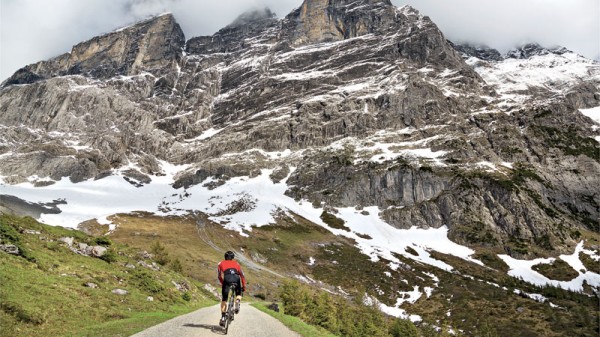 Early season riding conditions can be very challenging. During the winter, a ton of grit and salt gets dumped on roads to keep them grippy and snow-free, and, come spring time, all of that stuff ends up in one place – the shoulder where you want to ride. Spring is also pothole season, as water seeps into cracks in the road and freezes overnight, opening up holes the size of the Grand Canyon on your favorite roads. There are a few simple bike handling tips to keep your skin off the road and your bike in one piece.
Early season riding conditions can be very challenging. During the winter, a ton of grit and salt gets dumped on roads to keep them grippy and snow-free, and, come spring time, all of that stuff ends up in one place – the shoulder where you want to ride. Spring is also pothole season, as water seeps into cracks in the road and freezes overnight, opening up holes the size of the Grand Canyon on your favorite roads. There are a few simple bike handling tips to keep your skin off the road and your bike in one piece.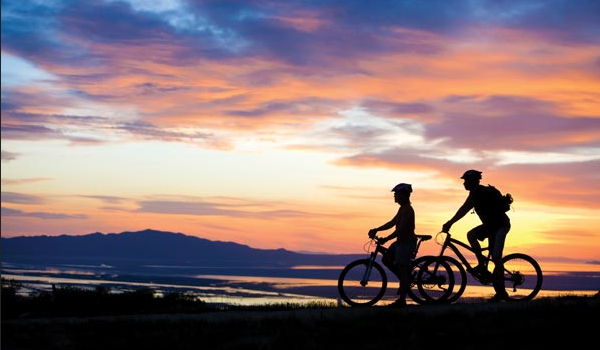 Long bikes rides are a wonderful way to enjoy your time to yourself or others and get in some much needed fun. However, if you do plan on spending hours or even days on your favorite bike route, there are some things that you will want to take with you. This simple checklist will help you take on any challenge or emergency you may meet on the bike trail.
Long bikes rides are a wonderful way to enjoy your time to yourself or others and get in some much needed fun. However, if you do plan on spending hours or even days on your favorite bike route, there are some things that you will want to take with you. This simple checklist will help you take on any challenge or emergency you may meet on the bike trail. 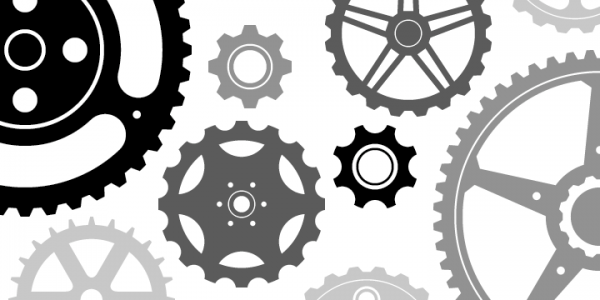 Changing your bike gears while cycling takes some practice in order to accomplish the change fluidly. Avid cyclists know that if you ride your bike off road or on any kind of terrain that isn’t flat you will need to change gears. Most bikes contain anywhere from ten to twenty-seven gears that are split between the front and back wheels. Knowing when and how to change them is an important part of cycling.
Changing your bike gears while cycling takes some practice in order to accomplish the change fluidly. Avid cyclists know that if you ride your bike off road or on any kind of terrain that isn’t flat you will need to change gears. Most bikes contain anywhere from ten to twenty-seven gears that are split between the front and back wheels. Knowing when and how to change them is an important part of cycling. 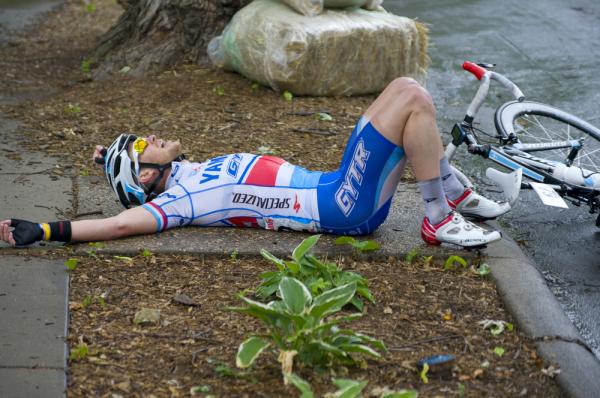

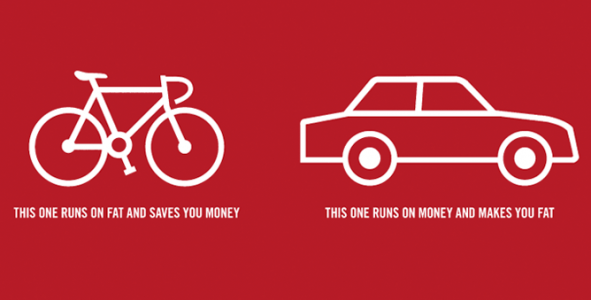 When someone initially thinks about saving money in a big city they eventually come to the idea of cycling. This is because cycling is a remarkable way of saving money in many different ways. Some of these ways may surprise even avid bikers.
When someone initially thinks about saving money in a big city they eventually come to the idea of cycling. This is because cycling is a remarkable way of saving money in many different ways. Some of these ways may surprise even avid bikers. 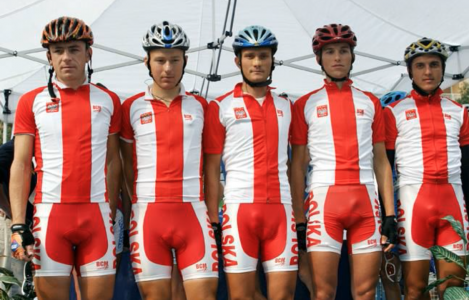 Bike shorts, as with any kind of exercise clothing, the need to be comfortable and do the job you need them to do. Not only should the right bike shorts not pinch when you ride, they need to conform to your body and not shift during the movements you’ll make while cycling. Unfortunately, the best way to find the right pair of shorts will ultimately be to try them on and test them out. This is because everyone’s body is different, so everyone will have a different preference of brand, size, and fit. However, here are a few tips to keep in mind so that the process doesn’t seem so hit or miss.
Bike shorts, as with any kind of exercise clothing, the need to be comfortable and do the job you need them to do. Not only should the right bike shorts not pinch when you ride, they need to conform to your body and not shift during the movements you’ll make while cycling. Unfortunately, the best way to find the right pair of shorts will ultimately be to try them on and test them out. This is because everyone’s body is different, so everyone will have a different preference of brand, size, and fit. However, here are a few tips to keep in mind so that the process doesn’t seem so hit or miss. 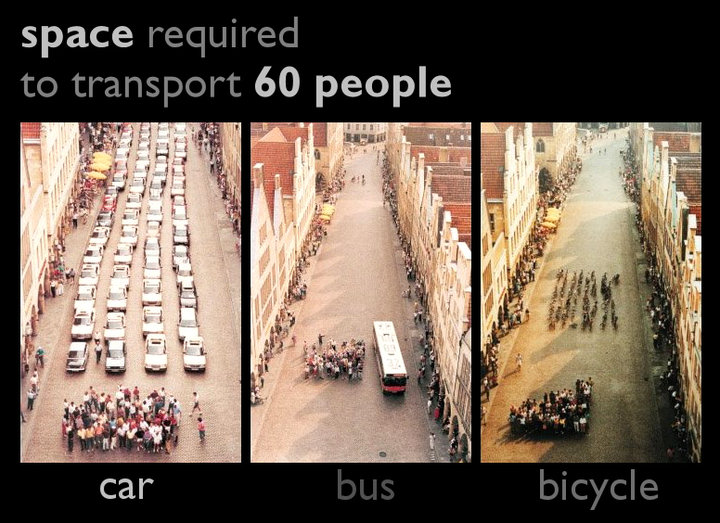 Doping continued to be the top cycling headline in 2013, with the fallout from Lance Armstrong still trickling through the ranks of elite cycling. The year kicked off with Armstrong sitting down with Oprah Winfrey to share a candy coated version of his career as pharmaceutical guinea pig. If all the bad news in cycling makes you want to cancel your RSS feeds, wait. Here are 3 cycling related news stories we would really like to see in 2014.
Doping continued to be the top cycling headline in 2013, with the fallout from Lance Armstrong still trickling through the ranks of elite cycling. The year kicked off with Armstrong sitting down with Oprah Winfrey to share a candy coated version of his career as pharmaceutical guinea pig. If all the bad news in cycling makes you want to cancel your RSS feeds, wait. Here are 3 cycling related news stories we would really like to see in 2014.